A chicken and herb ballotine, cooked, then sliced thinly as a sandwich filling Proper porchetta, ideally from a street food …
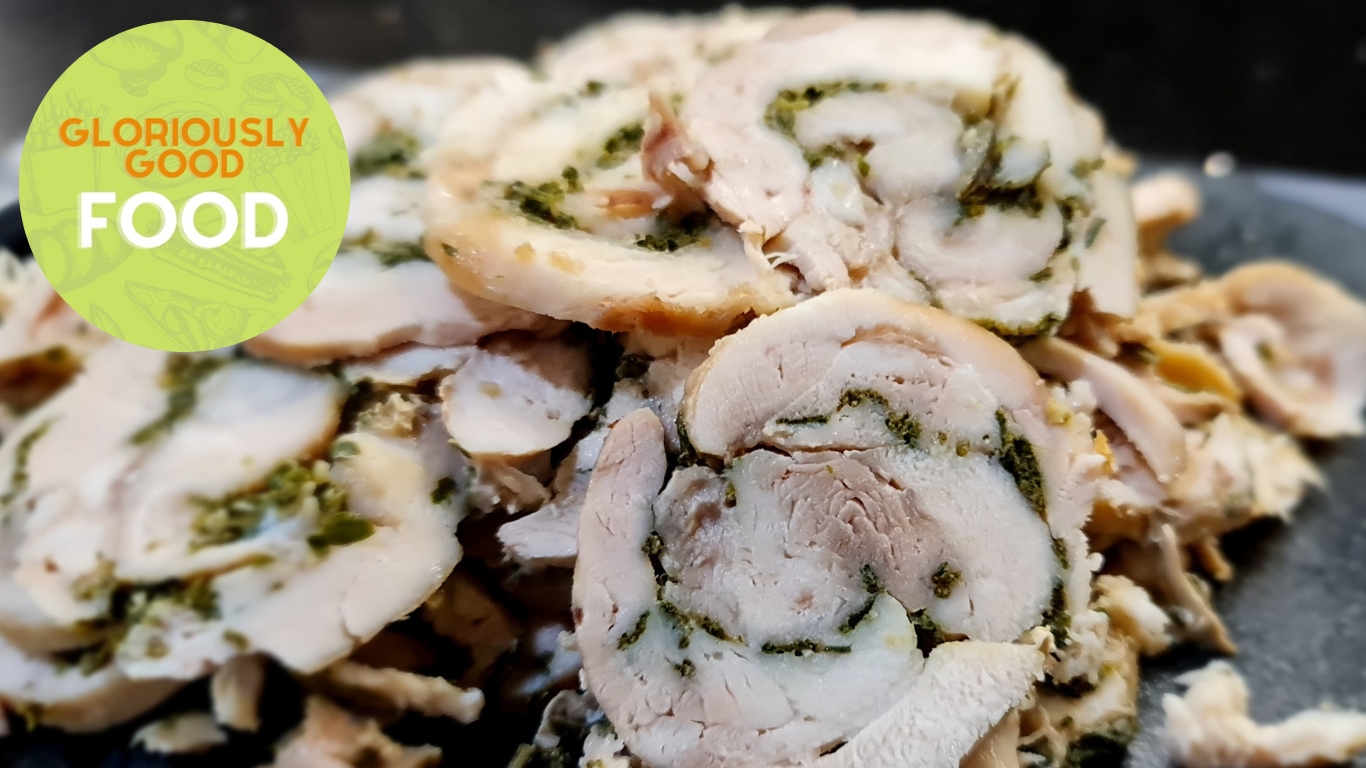
Simple Homecooked Recipes by Frederika Roberts
Simple Homecooked Recipes by Frederika Roberts
Simple Homecooked Recipes by Frederika Roberts

A chicken and herb ballotine, cooked, then sliced thinly as a sandwich filling Proper porchetta, ideally from a street food …
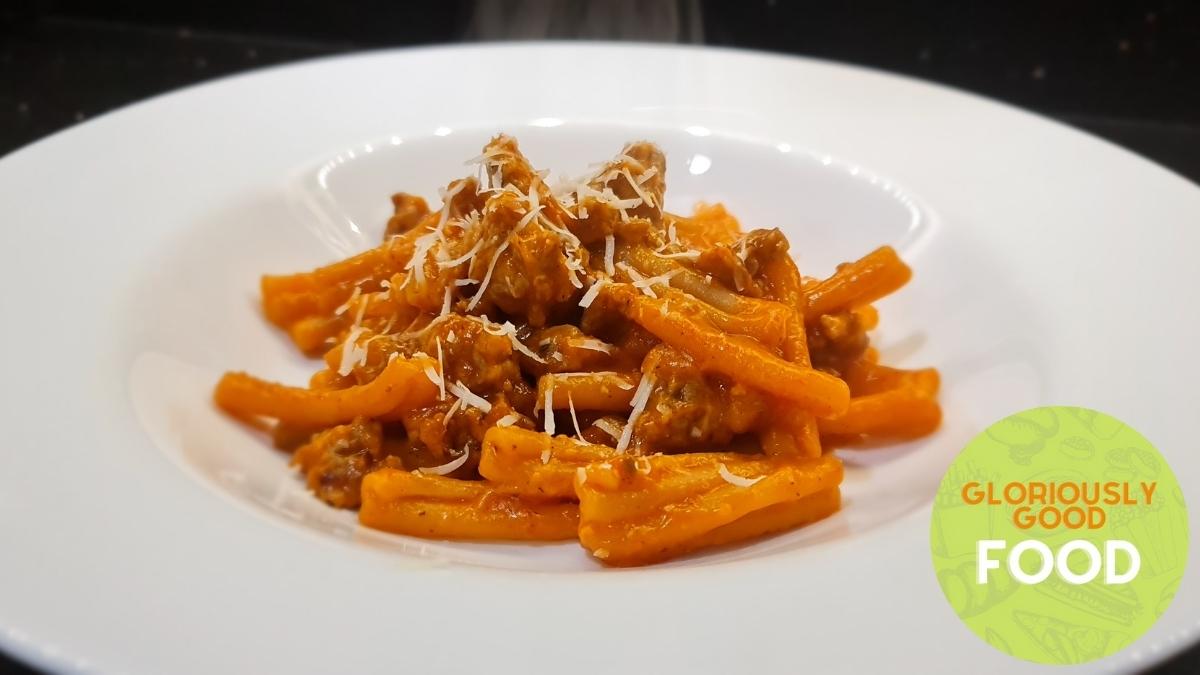
Fresh tomatoes are incredibly versatile and it is so quick and easy to make tasty pasta sauces with them, it’s …
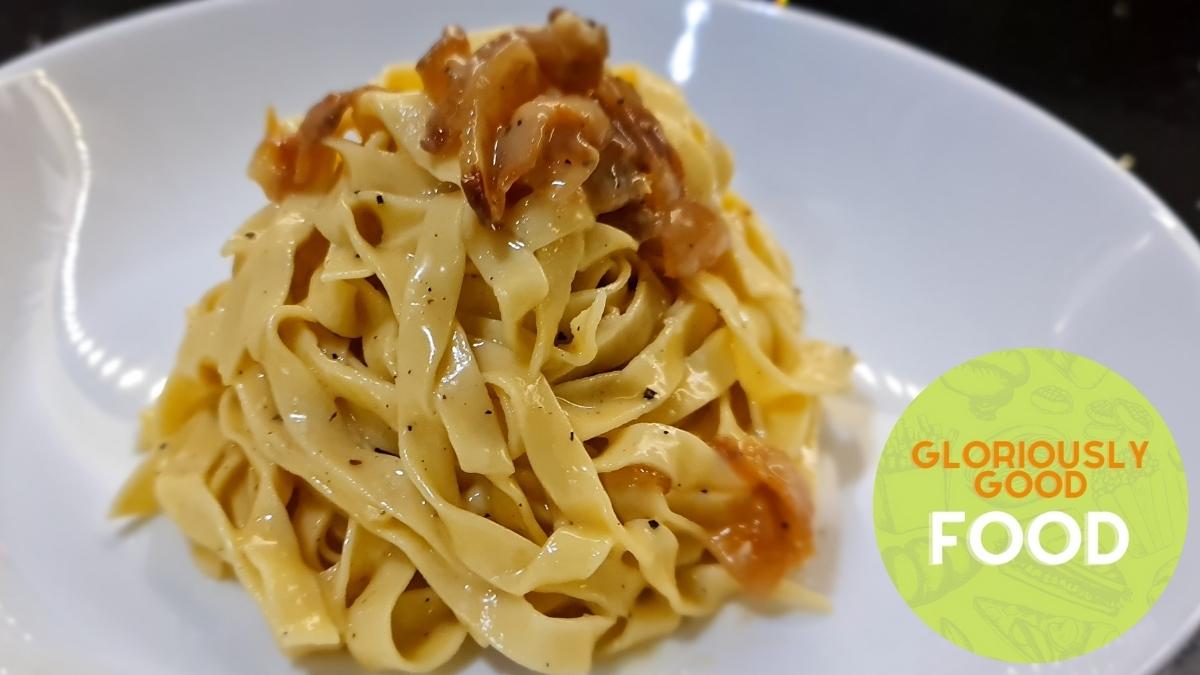
Tagliatelle alla Carbonara Carbonara Pasta | The authentic way to make it I’ve said this before (see my previous Spaghetti …

Coda alla vaccinara is a typical Roman dish. ‘Alla vaccinara’ (vaccinara-style) denotes that it is a dish done in the …
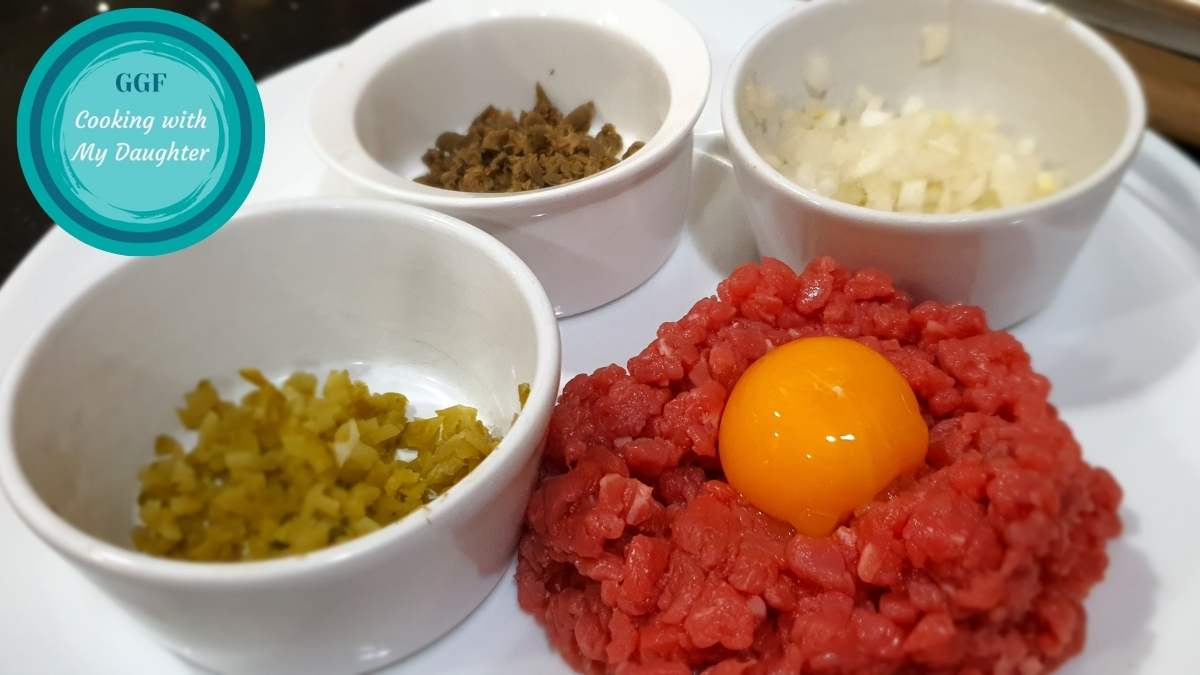
This dish is one of our favourites whenever we’re in France or Luxembourg and it’s far easier to re-create at …
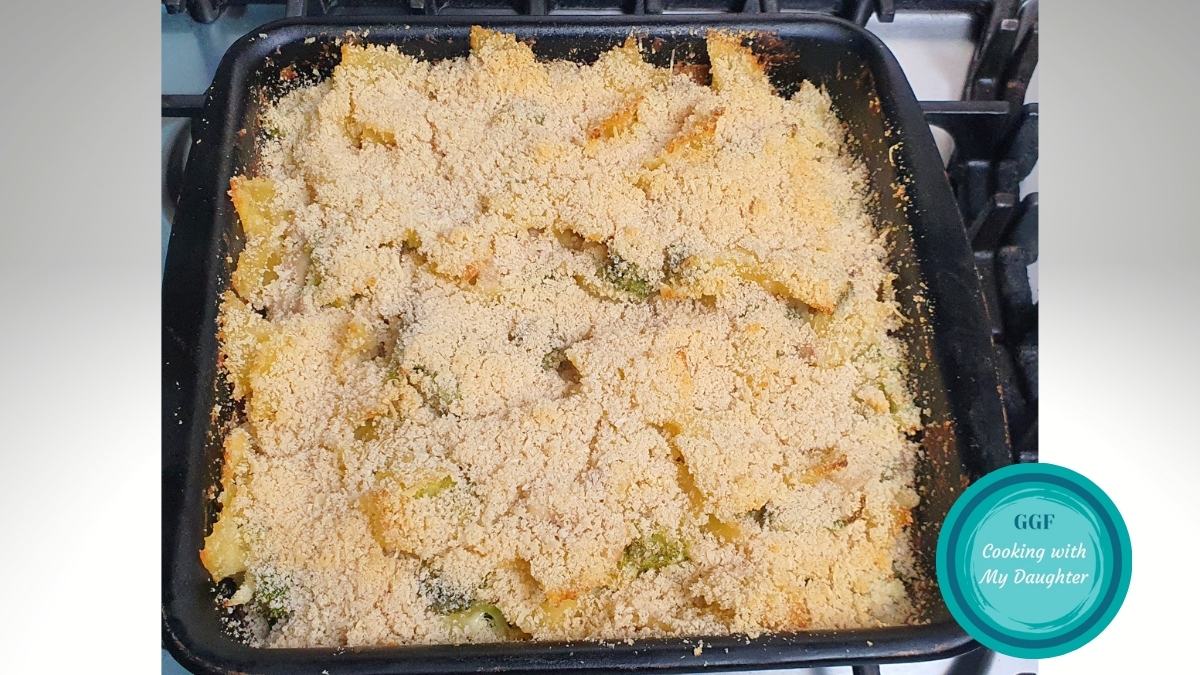
This is one of the recipes that Hannah created at uni and has cooked for the whole family since. It …
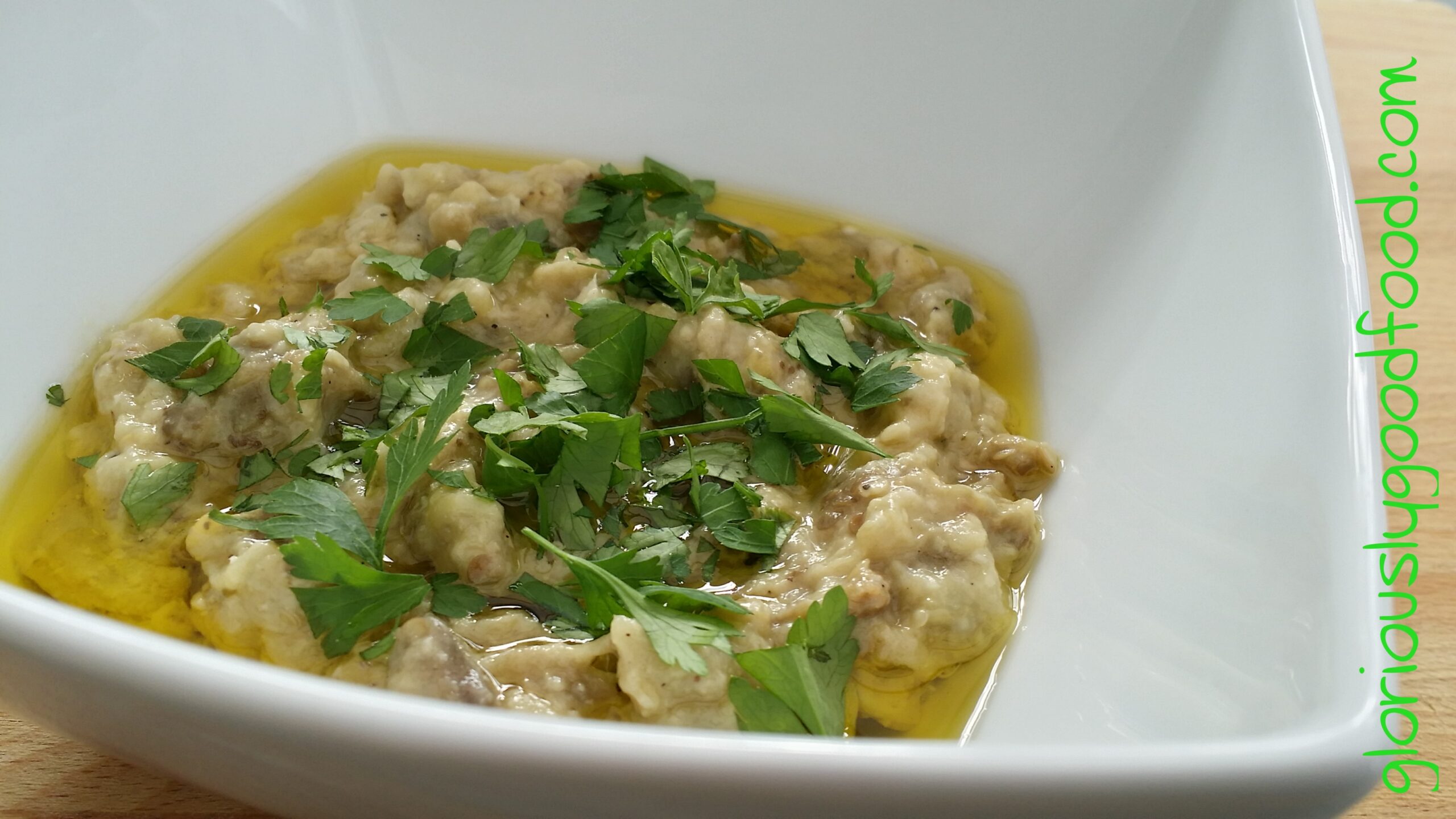
In this blog post, rather than recipes, I list some ideas, based on the food I’m eating during the pureed food phase of my post-bariatric surgery diet.
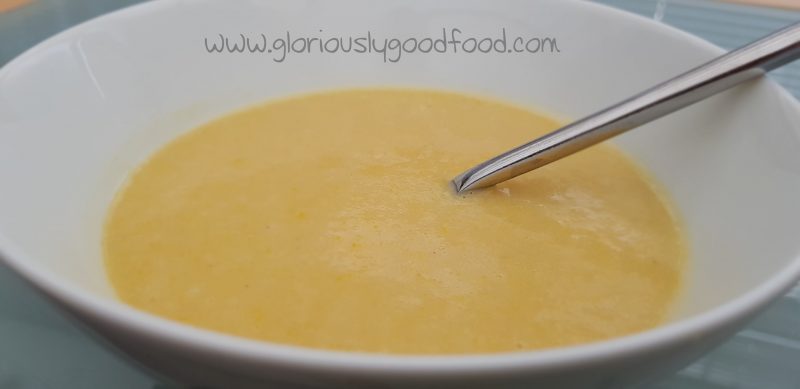
This indulgent, creamy-tasting soup is an even more low-fat adaptation of my reflux-friendly chicken and sweetcorn chowder, liquidised to be …
This is another one of my low-cal, low-carb, low-fat recipes for my pre-op diet before I have weight loss surgery next week.
As a reflux* sufferer, I often use peppers as a tomato substitute, but they are so much more! Peppers add …